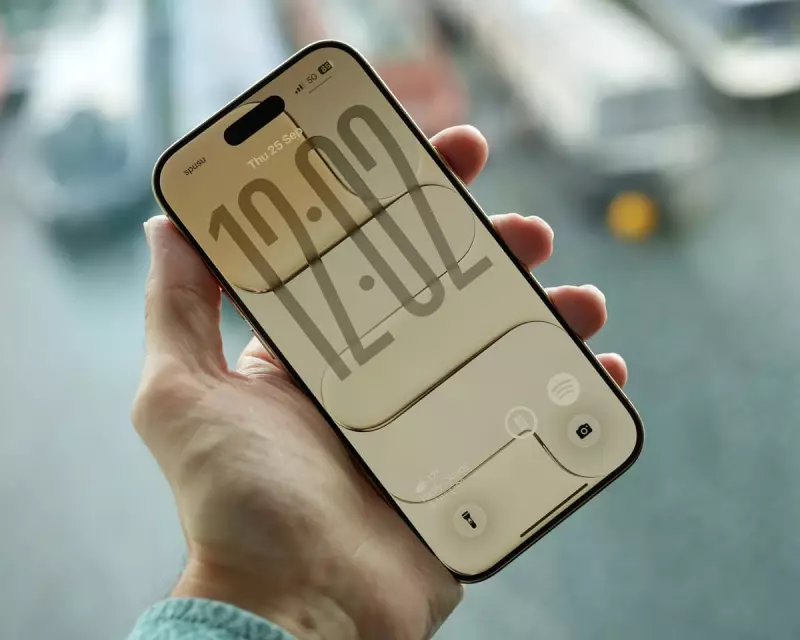
Apple has once again pushed the boundaries of smartphone design with the iPhone Air, a device so remarkably thin it feels almost two-dimensional in the hand. But in the relentless pursuit of absolute thinness, has Apple sacrificed too much?
The Thinnest Smartphone Ever Created
At just 4.5mm thick, the iPhone Air represents Apple's most radical design departure in years. Holding it for the first time is an uncanny experience – the device seems to disappear when viewed from the side, creating the illusion of a screen floating in mid-air.
The engineering achievement is undeniable. Apple has managed to compress what we expect from a modern smartphone into a form factor that's 40% thinner than the standard iPhone 16. But this breakthrough comes with significant trade-offs that potential buyers need to consider.
Performance: Power in a Paper-Thin Package
Surprisingly, the iPhone Air doesn't compromise on processing power. The new A18 Bionic chip delivers performance that matches Apple's flagship models, handling everything from intensive gaming to video editing with impressive ease.
However, the thermal limitations of such a slim design become apparent during extended heavy use. The device can become noticeably warm, and sustained performance-intensive tasks may trigger throttling to manage heat dissipation.
The Battery Conundrum
The most significant compromise comes in battery life. The iPhone Air struggles to make it through a full day of moderate use, a stark contrast to the all-day endurance we've come to expect from modern smartphones.
Apple's solution involves aggressive power management and optimisations throughout the operating system, but physics ultimately limits how much battery capacity can fit into such a slender frame.
Camera Capabilities: Surprisingly Competent
Against all expectations, the camera system performs admirably. The single 48-megapixel main sensor captures stunning images in good lighting conditions, though low-light performance inevitably suffers compared to bulkier competitors with larger sensors.
The absence of optical zoom and ultra-wide capabilities will disappoint photography enthusiasts, but for everyday shooting, the iPhone Air delivers surprisingly good results.
Design and Durability Concerns
The iPhone Air's extreme thinness raises legitimate questions about durability. While Apple uses premium materials including titanium and strengthened glass, the device feels more fragile than any iPhone before it.
The camera bump has been eliminated entirely, creating a perfectly flat back, but this design choice means the entire rear glass panel sits flush against surfaces, increasing the risk of scratches.
Who Is the iPhone Air Really For?
This isn't a device for power users or those who prioritise battery life above all else. Instead, it appeals to fashion-conscious consumers and early adopters who value form factor and statement-making design.
At £1,299, the iPhone Air commands a premium price for what is essentially an exercise in design extremism. It's a technological marvel that demonstrates what's possible, but whether it represents what's practical remains debatable.
Apple has created the smartphone equivalent of a supercar – breathtaking to behold and incredible engineering, but with compromises that make it unsuitable for everyday needs for many users.





